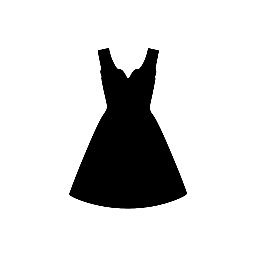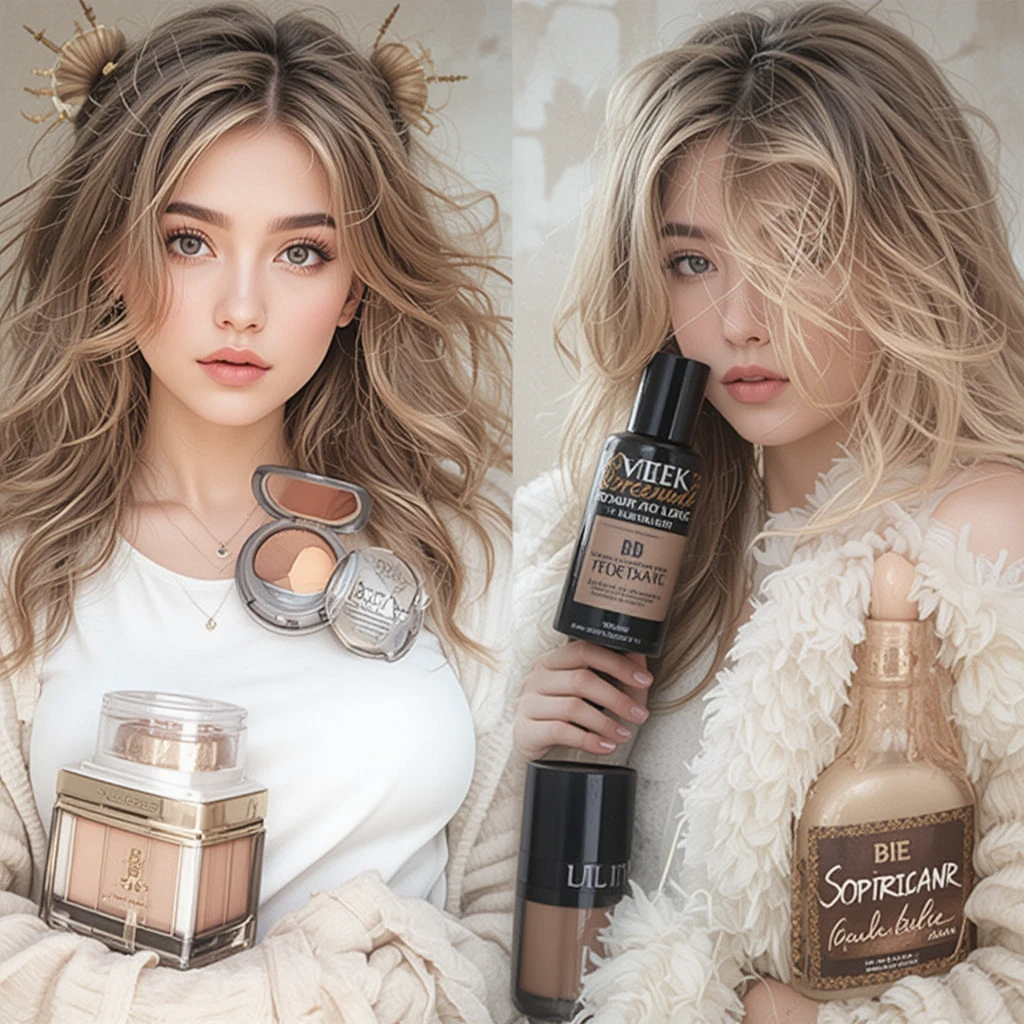Introduction
Fashion and beauty are more than just aesthetics—they’re powerful tools that shape how we feel about ourselves and how others perceive us. Studies in psychology and neuroscience reveal that what we wear and how we present ourselves can influence our mood, confidence, and even cognitive performance.
This article explores the fascinating intersection of psychology, fashion, and beauty, offering insights into how intentional styling choices can boost self-esteem, project authority, and create positive social impressions.
1. The Science Behind “Enclothed Cognition”
What the Research Shows
- Definition: The phenomenon where clothing systematically influences the wearer’s psychological processes (Adam & Galinsky, 2012)
- Key Findings:
- Wearing formal business attire increases abstract thinking and feelings of power
- Athletic wear can subconsciously motivate physical activity
- Wearing a lab coat improves attention to detail (if associated with doctors rather than painters)
Practical Applications for Your Wardrobe
- Power Dressing: Structured blazers, tailored pieces, and darker colors project authority in professional settings
- Comfort vs. Confidence: Balance cozy fabrics with intentional silhouettes for both wellbeing and presence
- Symbolic Pieces: Incorporate items with personal meaning (e.g., a signature color or heirloom jewelry) for emotional anchoring
2. The Makeup Confidence Connection
Psychological Effects of Cosmetics
- The “Lipstick Effect”: During economic downturns, makeup sales often increase as an affordable luxury that boosts morale
- Research Findings:
- Wearing makeup enhances facial contrast, making expressions easier to read
- Foundation application correlates with increased interpersonal confidence
- Bold lip colors are associated with higher perceived competence in professional settings
Strategic Beauty Choices
- First Impressions: Neutral makeup with one focal point (eyes OR lips) is rated most trustworthy in studies
- Color Psychology:
- Red lips = power and attraction
- Nude tones = approachability
- Dark smokey eyes = mystery and intensity
- The “No-Makeup” Makeup Advantage: Enhances natural features while maintaining authenticity
3. First Impressions: How Others Perceive Your Style
Snap Judgments Based on Appearance
*(Research from Princeton University shows we form first impressions in 1/10th of a second)*
| Style Element | Common Perceptions |
|---|---|
| Well-fitted clothing | Competence, attention to detail |
| Monochromatic outfits | Sophistication, authority |
| Bright colors | Creativity, extroversion |
| All-black ensembles | Power, sophistication |
| Bold patterns | Confidence, uniqueness |
Context Matters: Adapting Your Message
- Job Interviews: Conservative colors (navy, gray) with clean lines signal reliability
- Creative Fields: Strategic pops of color or unconventional accessories show innovation
- Social Events: Reflective surfaces (satin, metallics) increase approachability
4. The Mood-Boosting Power of Personal Style
Dopamine Dressing: Fashion as Self-Care
- Definition: Choosing outfits specifically to influence emotional state
- Effective Approaches:
- Wearing favorite colors triggers positive memories
- Texture therapy (soft fabrics for comfort, crisp materials for focus)
- “Alter ego” dressing to embody desired traits
Beauty Rituals as Psychological Anchors
- Morning Routine: A consistent skincare/makeup practice can provide stability
- Transformative Products:
- Perfume for mood enhancement (citrus = energy, vanilla = comfort)
- Lipstick as “war paint” before challenging situations
- Facial massage for stress relief
5. Overcoming Style-Related Anxiety
Common Psychological Barriers
- Decision Fatigue: Too many choices leading to outfit paralysis
- Body Image Concerns: Avoiding certain styles due to self-consciousness
- Social Comparison: Feeling “less than” based on others’ appearances
Evidence-Based Solutions
- Capsule Wardrobes: Reduce choices while maintaining versatility
- Focus on Fit: Well-tailored clothing in any size boosts confidence
- Gradual Exposure: Slowly introducing “scary” items (bright colors, bold patterns)
- Positive Affirmations: Replacing negative self-talk with style compliments
6. Actionable Tips for Psychological Style Benefits
- The “Power Pose” Outfit: Choose one confidence-boosting ensemble for important events
- Color Therapy: Match your makeup to your emotional needs (calming blues, energizing yellows)
- Texture Psychology: Incorporate tactile elements that suit your mood (smooth silk for calm, structured wool for focus)
- Scent Styling: Use fragrance to complement your outfit’s message (fresh for daytime, sensual for evening)
- The “Three Word” Method: Define your desired impression (e.g., “professional, creative, authoritative”) and dress accordingly
Conclusion
Understanding the psychological dimensions of fashion and beauty allows us to wield them intentionally. By aligning our external presentation with our internal goals—whether that’s projecting confidence, enhancing mood, or shaping perceptions—we transform style from superficial to strategic.
The most powerful looks aren’t about following trends, but about crafting an authentic visual language that communicates who you are and who you aspire to be.


0 responses to “The Psychology of Fashion & Beauty: How Your Look Affects Confidence and Perception”